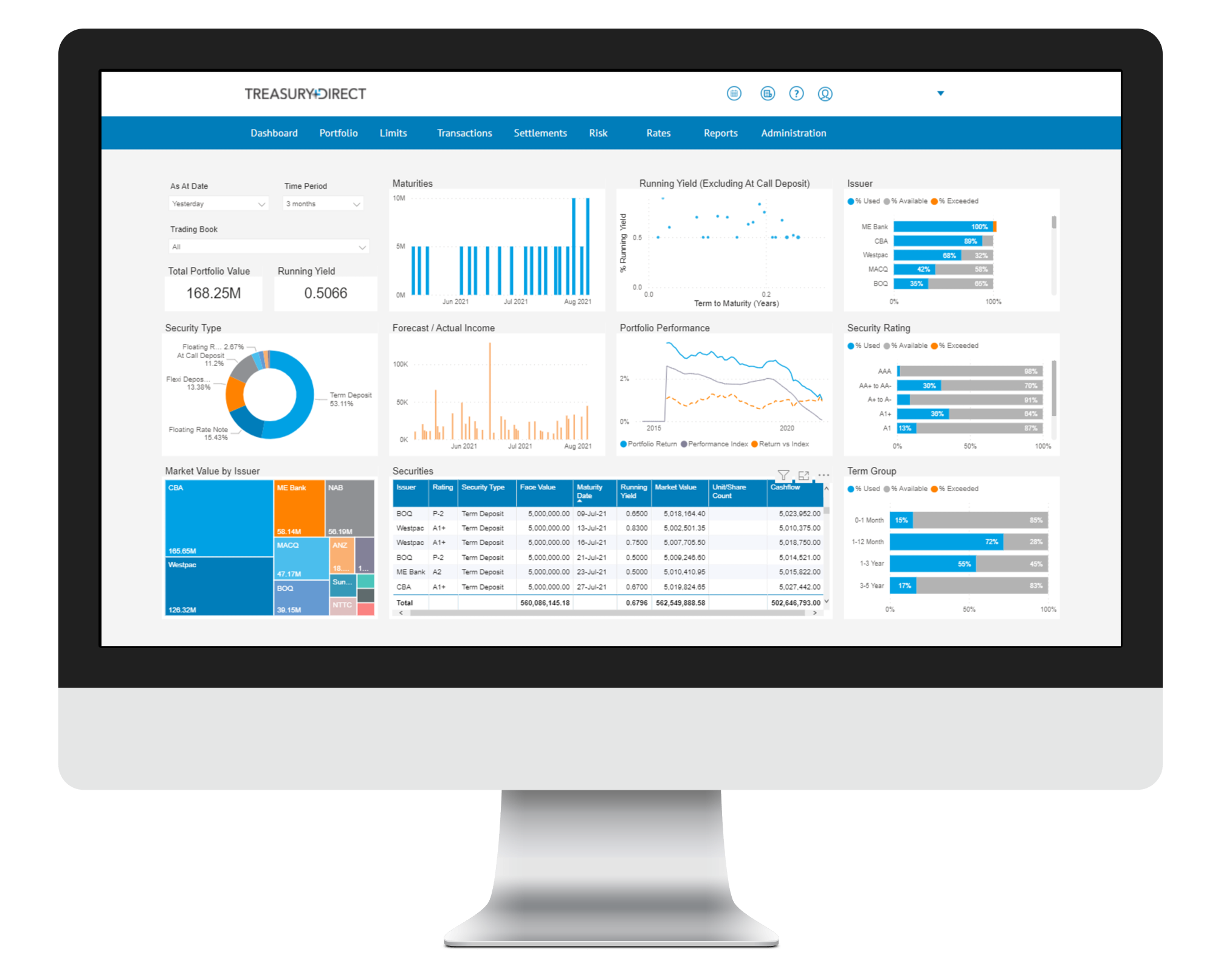Markets Overview
- ASX SPI 200 futures down 0.8% to 8,190.00
- Dow Average little changed at 42,063.36
- Aussie down 0.2% to 0.6803 per US$
- Kiwi little changed at 0.6234 per US$
- US 10-year yield rose 2.7bps to 3.7413%
- Australia 3-year bond yield fell 2.1 bps to 3.51%
- Australia 10-year bond yield fell 1 bp to 3.92%
- Gold spot up 1.4% to $2,621.88
- Brent futures down 0.5% to $74.49/bbl
Economic Events
Asian stocks are poised to fall early Monday as concerns over the health of the Chinese economy grow. US equity futures were steady.
Contracts in Australia, Hong Kong and mainland China point to an early loss at the Monday open, while moves in Asia may be exacerbated by thin liquidity with Japanese markets closed for a holiday. The S&P 500 closed 0.2% lower on Friday following a quarterly options expiry.
Data late Friday showed Chinese governments have cut spending while the youth jobless rate climbed to its highest level this year as the nation’s banks refrain from cutting lending rates. Adding to the weak sentiment, the US is said to be planning rules that would ban Chinese hardware and software for connected vehicles as soon as Monday.
“Things in China are going from bad to worse,” said Tony Sycamore, an analyst at IG in Sydney. “With Japanese stock markets closed for a public holiday, the PBOC disappointing the market on Friday, and US yields ratcheting higher, we are likely to see a more downbeat tone across Asian equity markets today.”
Broadly, markets are readying for the final quarter after the Federal Reserve began its long awaited rate cut cycle last week, lifting everything from Indonesian bonds to gold. Data this week including the Fed’s preferred measure of inflation should confirm whether the rally will extend, with a deterioration likely lifting odds of a further 50 basis point cut.
After wavering between gains and losses in the final minutes of Friday trading, the S&P 500 and Nasdaq 100 both closed lower with the broader benchmark fresh off its 39th record high of 2024. The blue-chip Dow Jones Industrial Average closed at a new record. More than 20 billion shares changed hands on US exchanges, the busiest session since January 2021.
The dollar was little changed against major peers early Monday. Cash trading of US Treasuries was closed in Asia due to the holiday in Japan. Australian bond futures edged lower ahead of the Reserve Bank of Australia extending a policy pause on Tuesday as housing costs underpin sticky inflation.
“Our Australian economics team expect the RBA’s comments to be hawkish, albeit marginally less hawkish than in August, helping guide AUD higher,” Commonwealth Bank of Australia strategists including Joseph Capurso wrote in a note to clients. “Quite a bit needs to go right for the RBA to cut the cash rate this year; the risk is a delay into early 2025.”
Other News
Australian Treasurer Jim Chalmers said he expects upcoming data to show encouraging progress in combating inflation but acknowledged the central bank may not be ready to cut interest rates this week.
Inflation will slow to 2.7% in August from a year earlier, according to the median estimate of economists ahead of the Wednesday data release.
“Whether it’s in the low threes or in the high twos, what it will show is that inflation in monthly terms is around half what we inherited a couple of years ago when we came to office,” Chalmers told Sky News Australia Sunday. “That would be welcome and encouraging progress. We are broadly on the right path.”
The Reserve Bank of Australia will leave the cash rate target at 4.35% on Tuesday, according to all 31 economists surveyed by Bloomberg. Governor Michele Bullock said earlier this month policy will need to remain “sufficiently restrictive” until CPI moves sustainably toward its 2-3% target.
Chalmers said the central bank makes its decisions independently and considers a range of factors.
“The quarterly inflation number is usually the one they focus on a bit more substantially than the more volatile and more unpredictable monthly number,” he said. “They look at the unemployment figures. They look at broader growth in the economy and some of the other data around consumption. And they’ll weigh all of that up.”
Chalmers said the government is doing its part to slow inflation by producing consecutive budget surpluses. He said the confirmed budget balance for the 2023-24 year is likely to be announced on Sept. 30 and reiterated it will show a surplus much larger than A$9 billion ($6.1 billion) announced in May.
“That’s because of our spending restraint and our responsible economic management,” he said. “The Reserve Bank governor has said that those two surpluses that we’ve now delivered are helping in that fight against inflation.”

